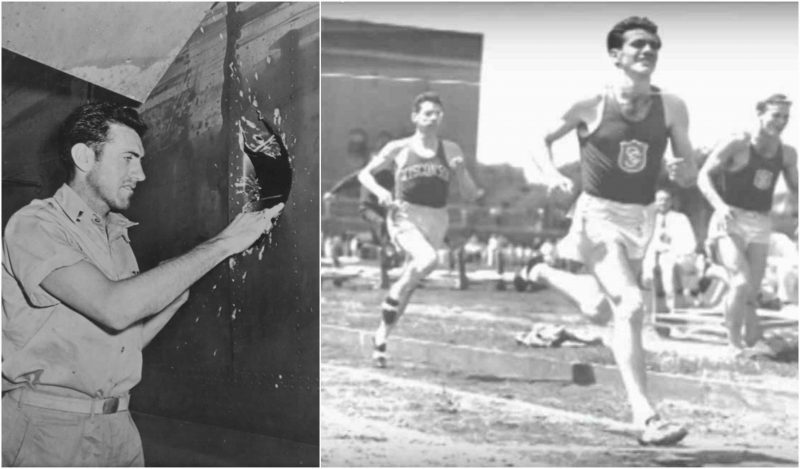Born in January 1917 to Italian immigrant parents, Zamperini spent his youth as one of Torrance, California’s, most notorious troublemakers.
A smoker at age 5 and a drinker by 8, he built an adolescent criminal empire based around stealing anything that wasn’t nailed down from neighbors and local businesses. Zamperini blackened the eyes of any kids that dared challenge him, deflated a teacher’s car tires after she disciplined him and once even lobbed tomatoes at a cop.
Family members were convinced he was headed for prison or the streets, but he finally abandoned his life of petty crime in high school, when a group of girls charmed him into joining the school’s track team.
Encouraged by his older brother, Pete, he soon became one of southern California’s top athletes, and achieved a national high school record after blazing through a mile run in only 4 minutes, 21 seconds.
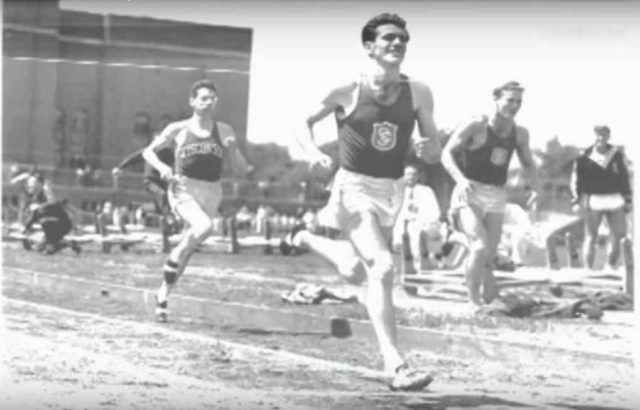
After graduating high school, Zamperini set his sights on competing in the 1936 Olympic games. Switching from his preferred 1,500 meters to the 5,000 meters, the “Torrance Tornado” made a good showing at the U.S. trials and became the youngest distance runner to ever make the Olympic team.
At age 19 he was still too inexperienced to mount a challenge for gold, but at the Berlin Olympiad held in the shadow of a burgeoning Nazi empire, he finished eighth in his race and won over the crowd by laying down one of the fastest final laps in the history of the event.
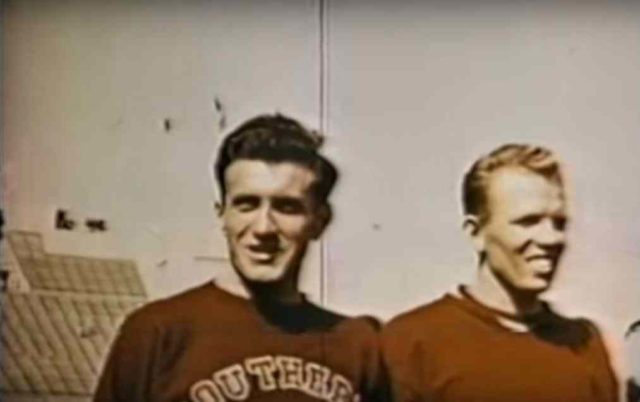
Zamperini enlisted in the United States Army Air Corps in September 1941 and earned a commission as a second lieutenant. He was deployed to the Pacific island of Funafuti as a bombardier on the B-24 Liberator bomber Super Man. In April 1943, during a bombing mission against the Japanese-held island of Nauru, the bomber was badly damaged in combat.
With Super Man no longer flight-worthy, and a number of the crew injured, the healthy crew members were transferred to Hawaii to await reassignment. Zamperini, along with some other former Super Man crewmates, was assigned to conduct a search for a lost aircraft and crew.
They were given another B-24, The Green Hornet, notorious among the pilots as a defective “lemon.” On May 27, 1943, while on the search, mechanical difficulties caused the bomber to crash into the ocean 850 miles (1,370 km) south of Oahu, killing eight of the 11 men aboard.
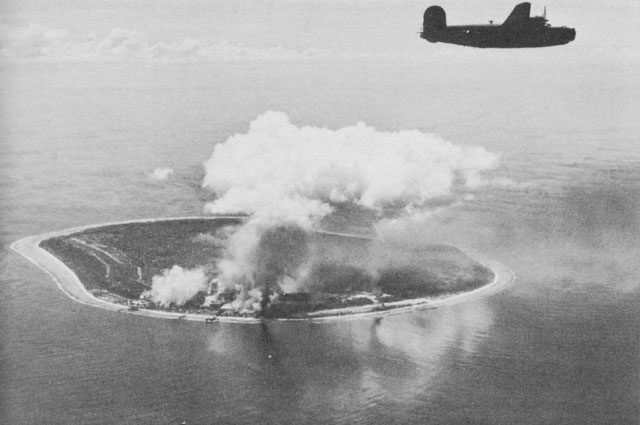
The three survivors (Zamperini and his crewmates, pilot Russell Allen “Phil” Phillips and Francis “Mac” McNamara), with little food and no water, subsisted on captured rainwater, small fish eaten raw, and birds that landed on their raft. With the few tools they were able to salvage from the crash, the men were able to manage on a small survival raft.
They caught two albatrosses, which they ate, and used pieces as bait to catch fish, all while fending off constant shark attacks and nearly being capsized by a storm.
They were strafed multiple times by a Japanese bomber, which punctured their life raft, but no one was hit. McNamara died after 33 days at sea.To wish him a good life, free from the war, he was wrapped up and sent into the sea.
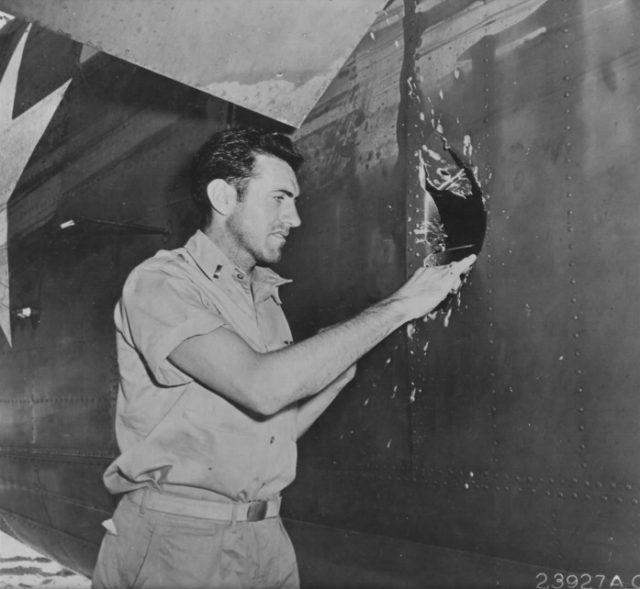
On their 47th day adrift, Zamperini and Phillips reached land in the Marshall Islands and were immediately captured by the Japanese Navy. They were held in captivity, severely beaten, and mistreated until the end of the war in August 1945.
Initially held at Kwajalein Atoll, after 42 days they were transferred to the Japanese prisoner-of-war camp at Ōfuna, for captives who were not registered as prisoners of war (POW). Zamperini was later transferred to Tokyo’s Ōmori POW camp and was eventually transferred to the Naoetsu POW camp in northern Japan, where he stayed until the war ended.
He was tormented by prison guard Mutsuhiro “Bird” Watanabe, who was later included in General Douglas MacArthur’s list of the forty most wanted war criminals in Japan.
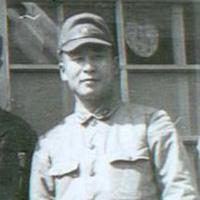
Zamperini and his fellow POWs were liberated following the Japanese surrender in September 1945, but his wartime experiences would continue to haunt him. His years of malnourishment and torture left him unable to resume his career as a runner, and he became dependent on alcohol to stave off nightmares and flashbacks.
Zamperini later claimed he was saved from his post-traumatic stress after witnessing a sermon by the evangelical preacher Billy Graham in 1949. He went on to discuss his conversion to Christianity on nationwide speaking tours and started a wilderness camp for troubled youths.
In 1950, Zamperini returned to Japan for the first time since his liberation to address the Japanese war criminals held at Sugamo Prison in Tokyo.
While there, he shook hands and embraced many of his old camp guards. Mutsuhiro Watanabe had avoided capture, but Zamperini later wrote a letter forgiving his former tormenter and even unsuccessfully tried to meet with him while in Japan for the 1998 Winter Olympics in Nagano.
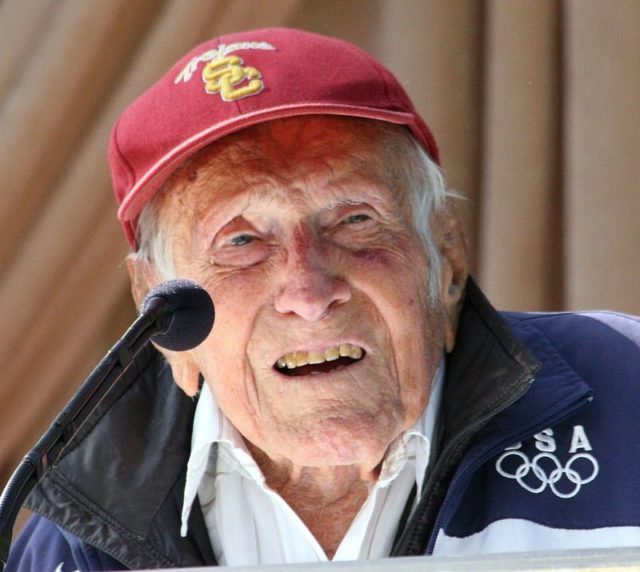
His death had mistakenly been announced previously when the US government classified him as KIA during World War II after his B-24 Liberator aircraft went down in 1943, and no survivors were located by the military. President Franklin D. Roosevelt even sent Zamperini’s parents a formal condolence note in 1944. Zamperini’s death came 70 years later, from pneumonia, on July 2, 2014, in Los Angeles, at home, aged 97.
